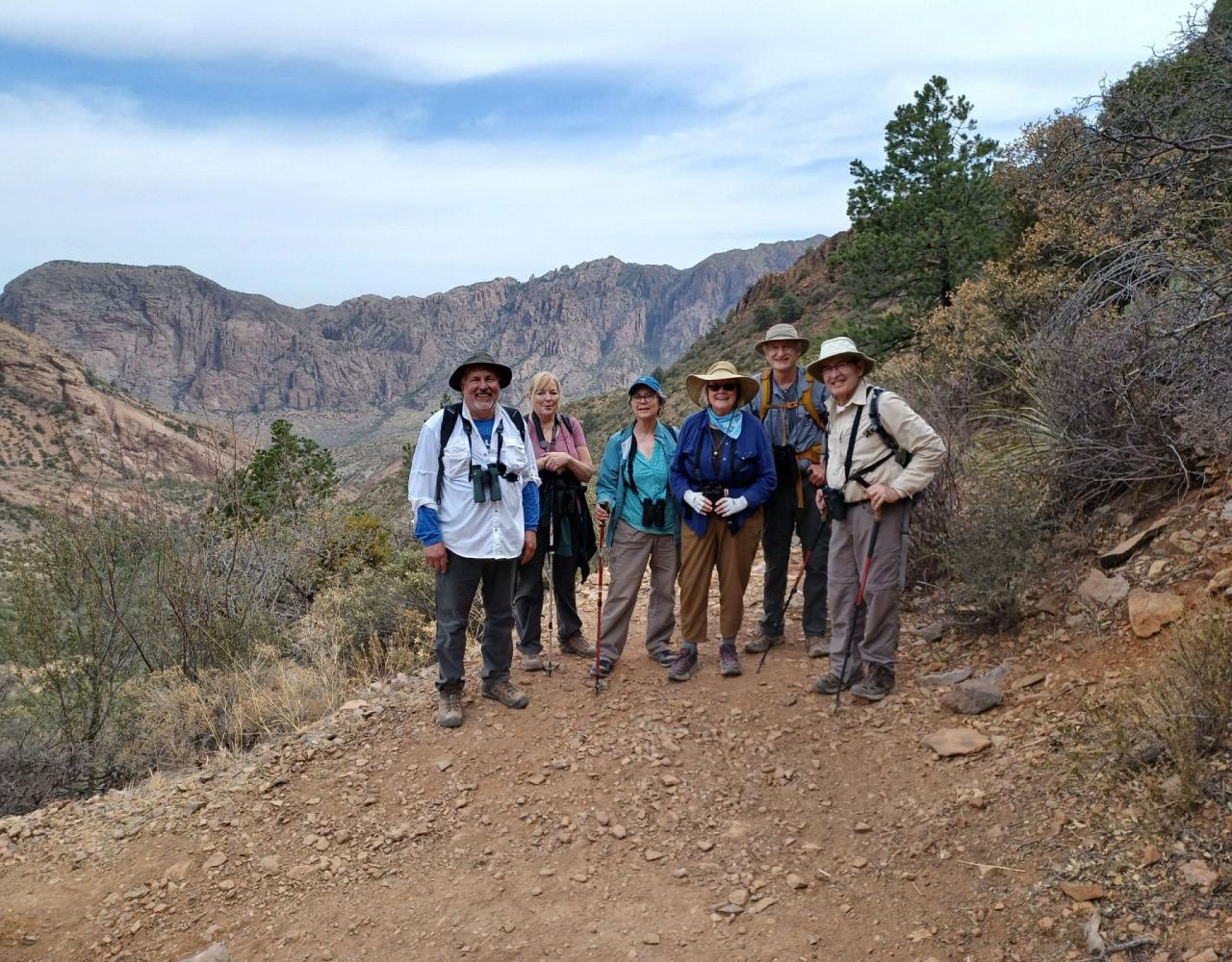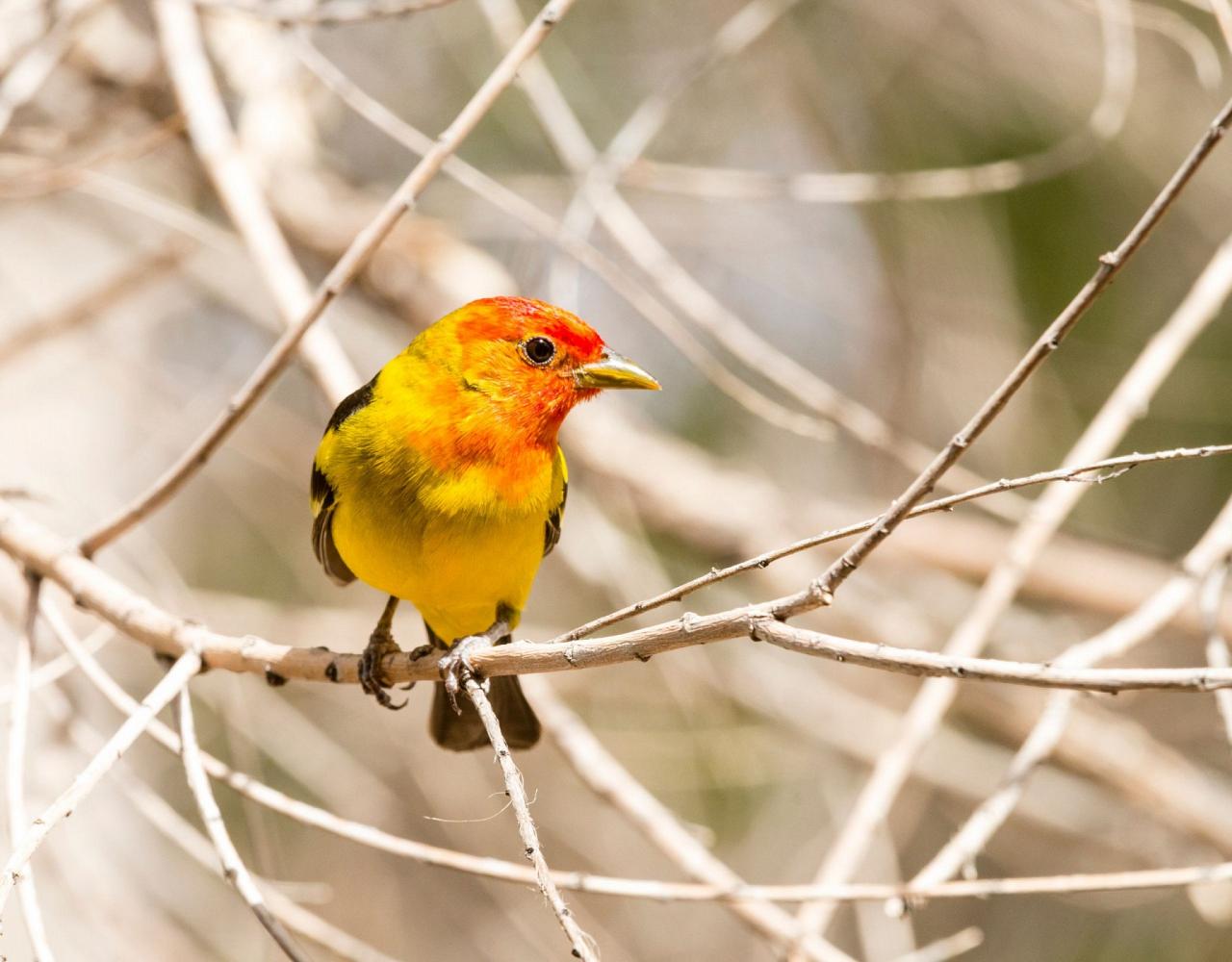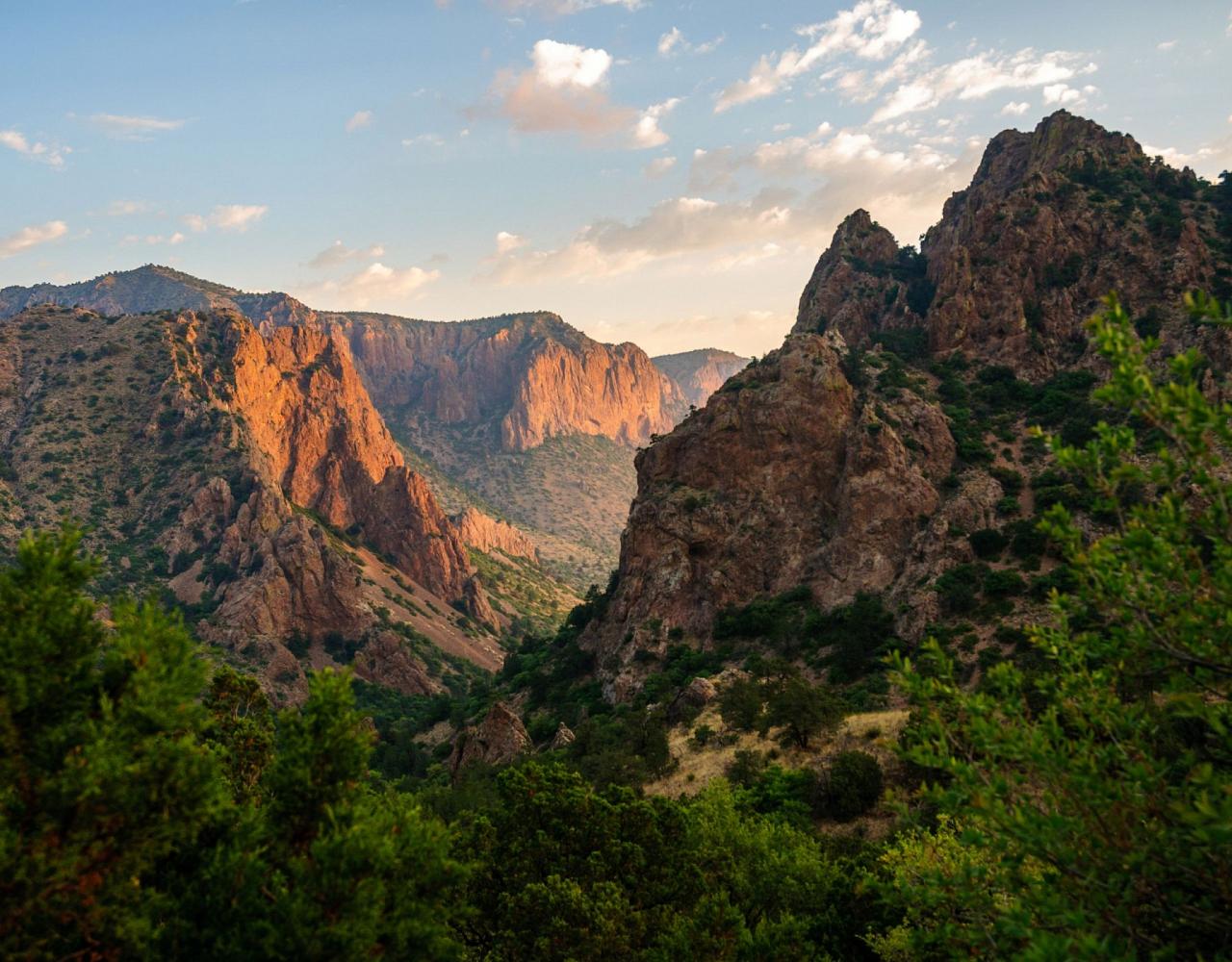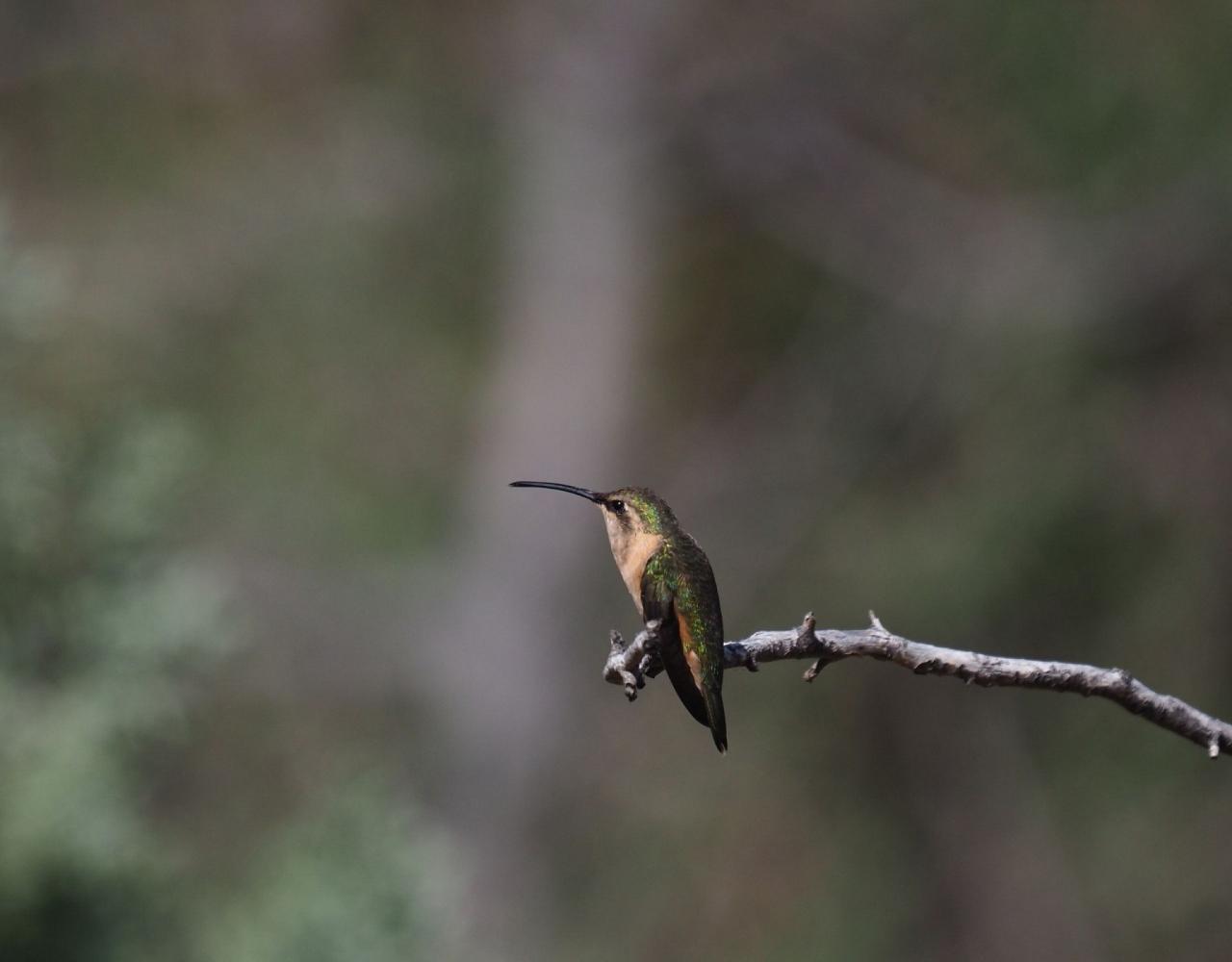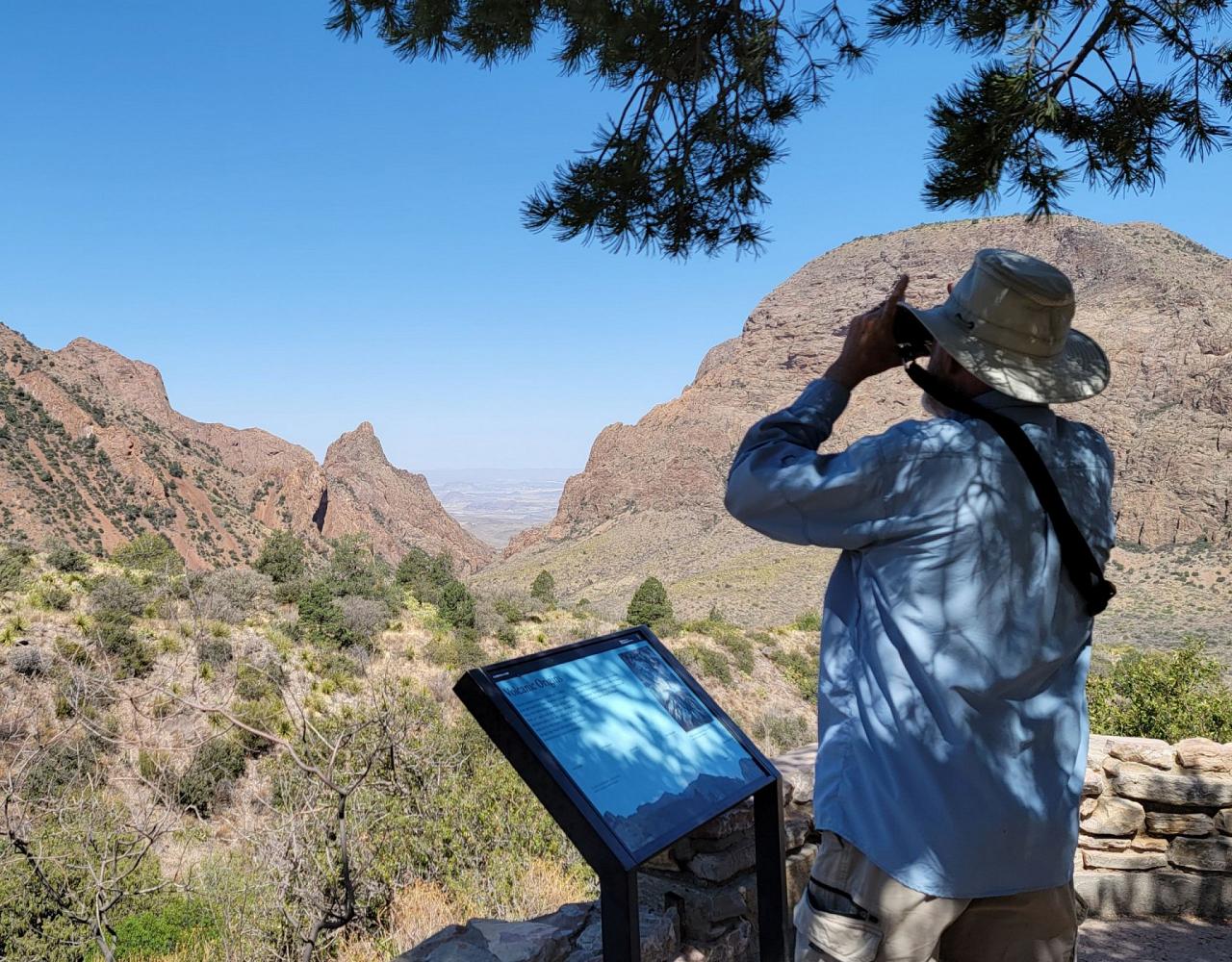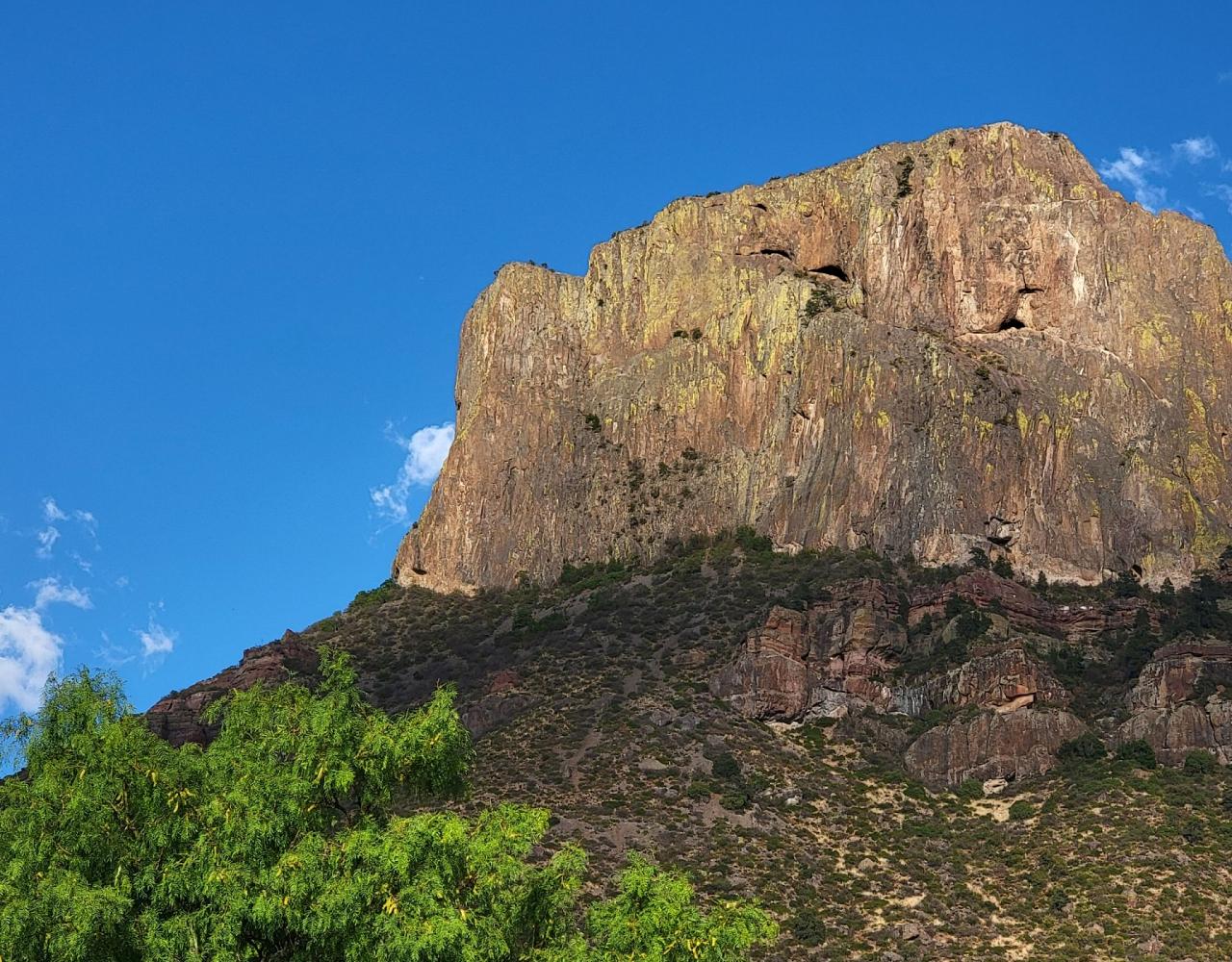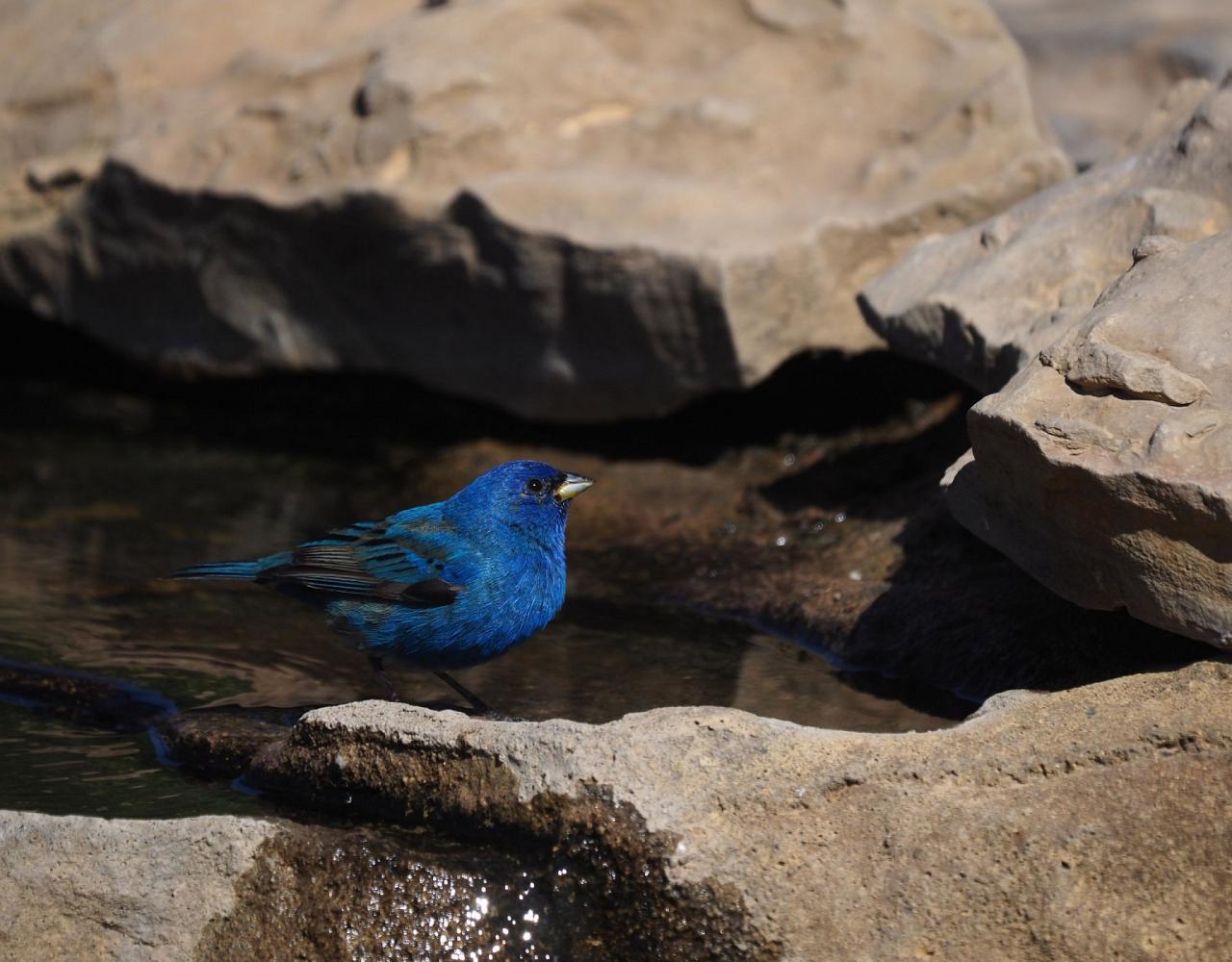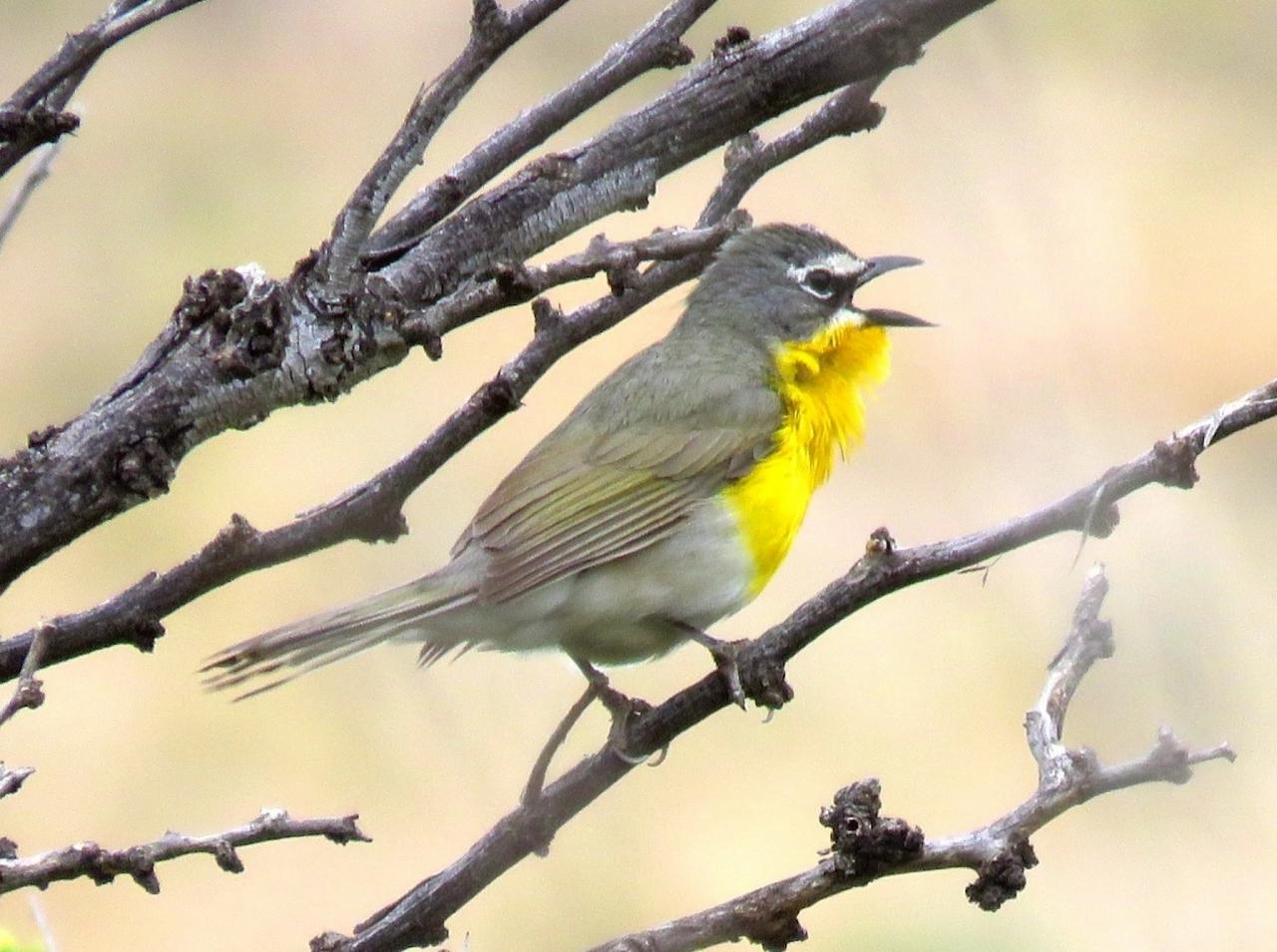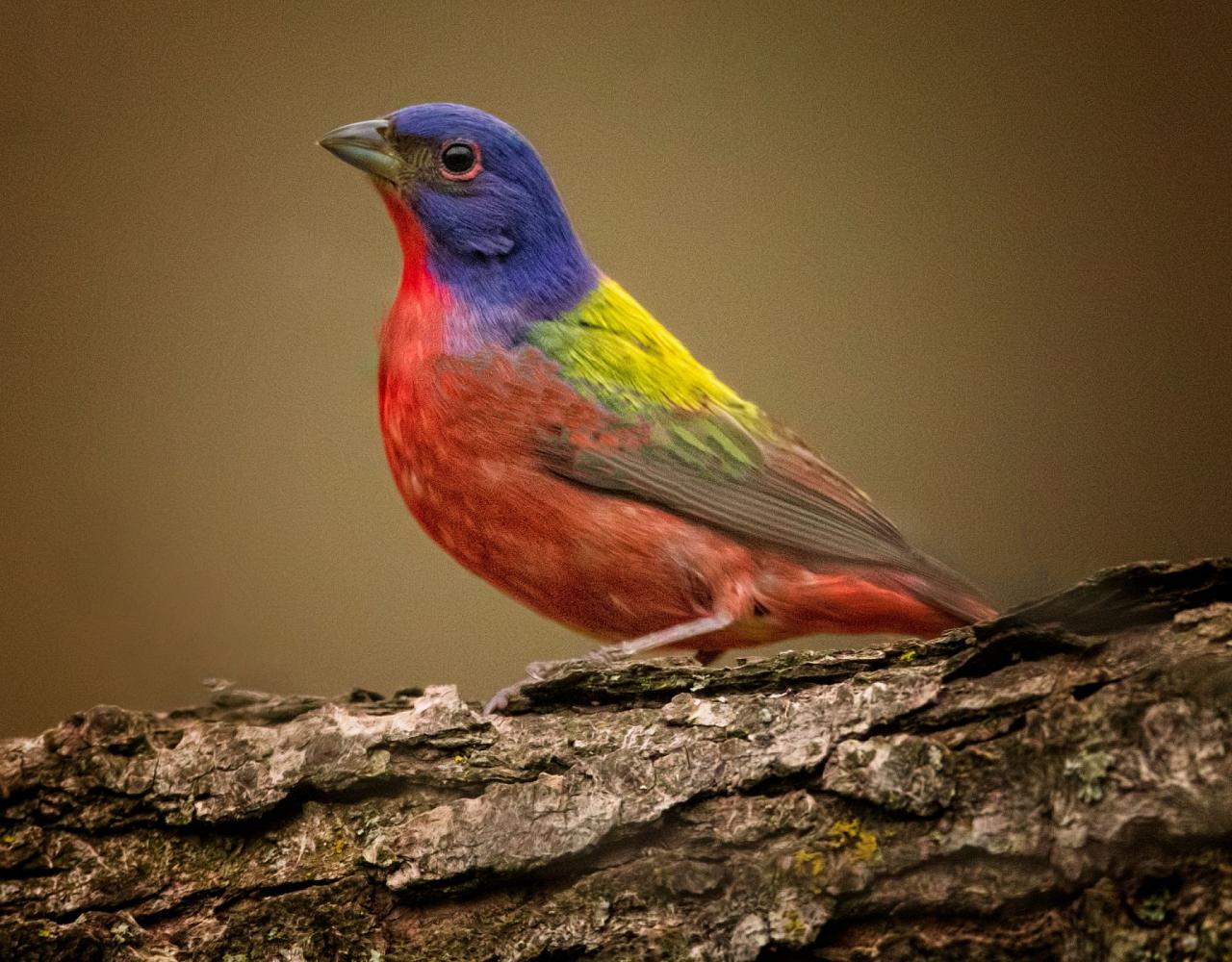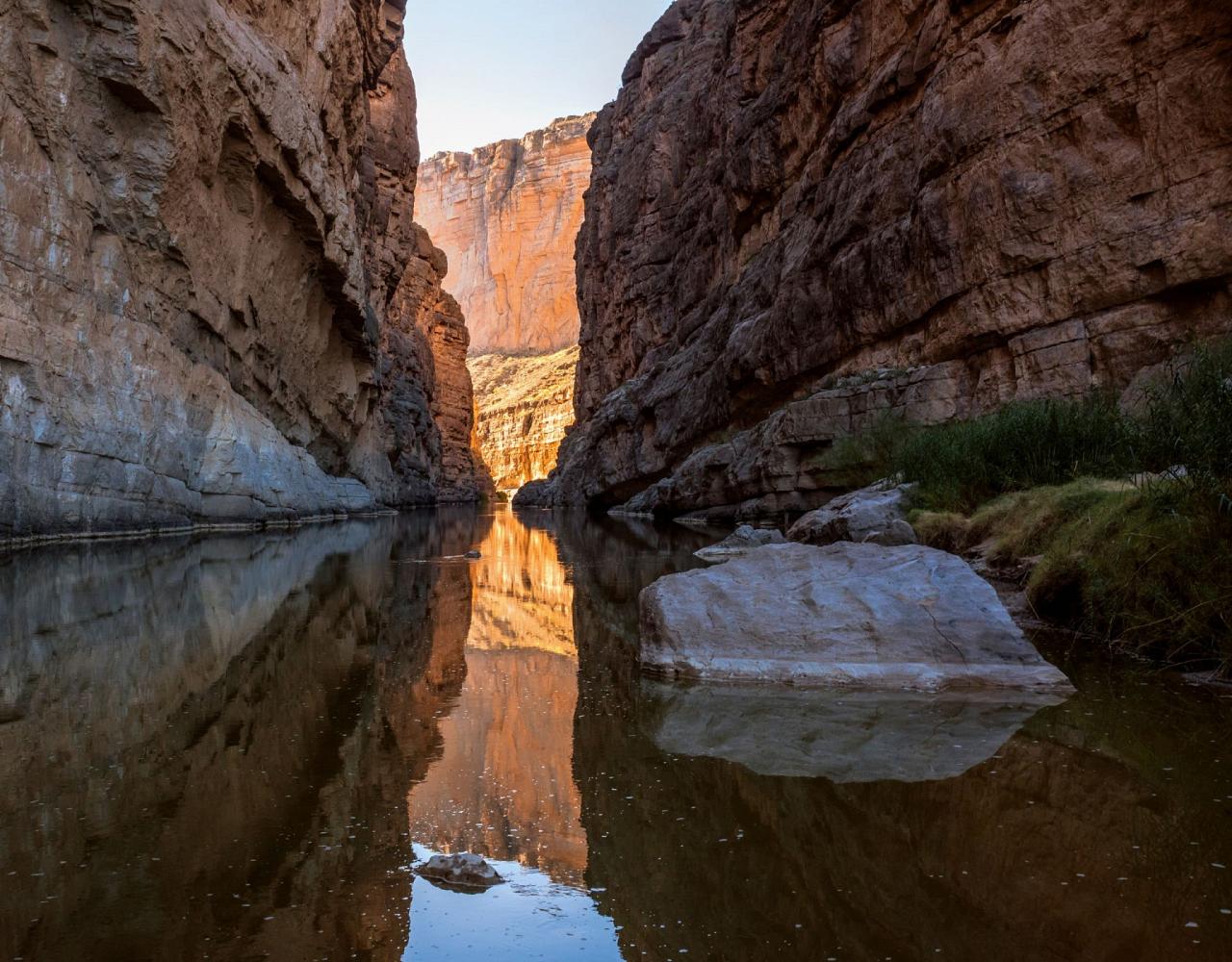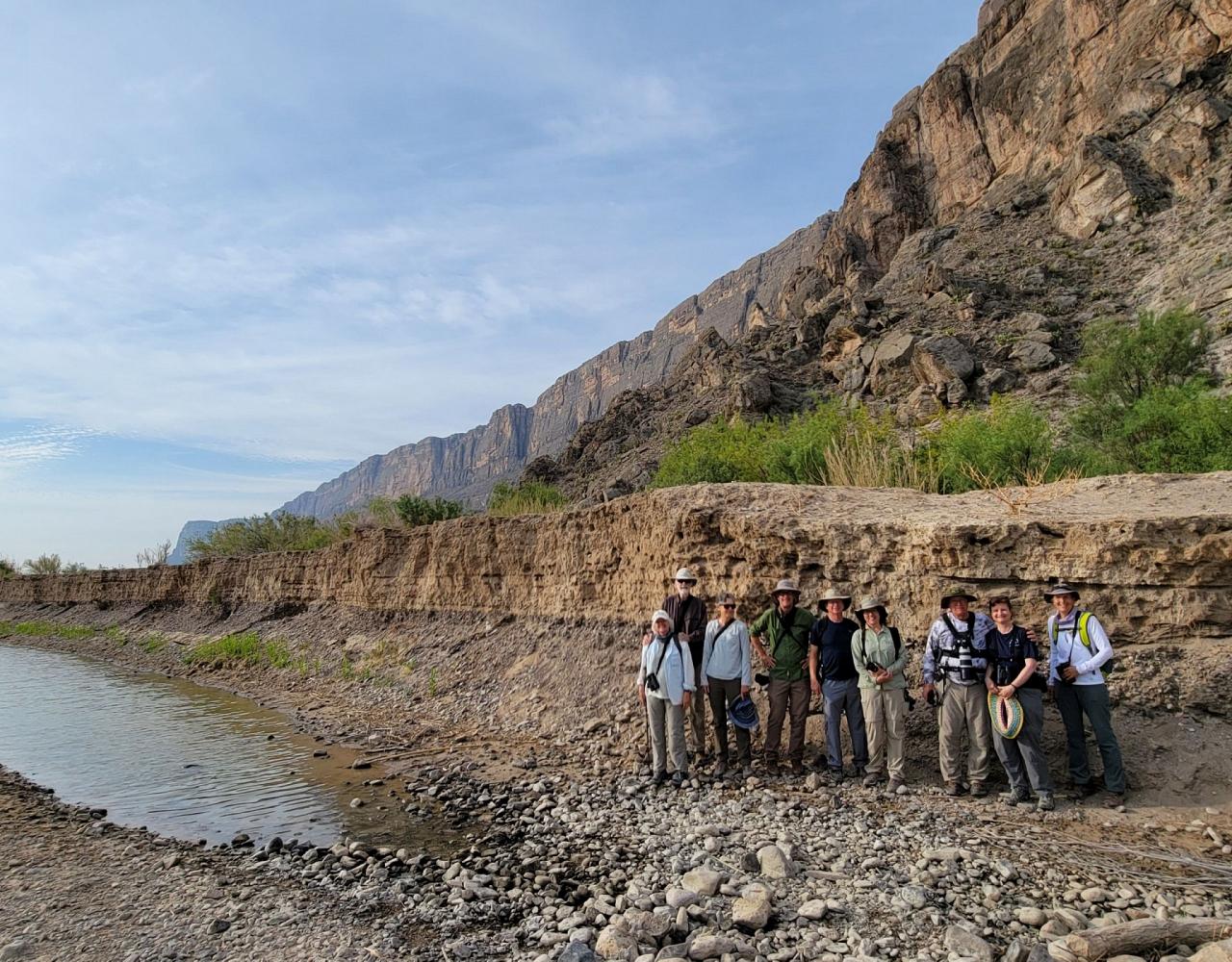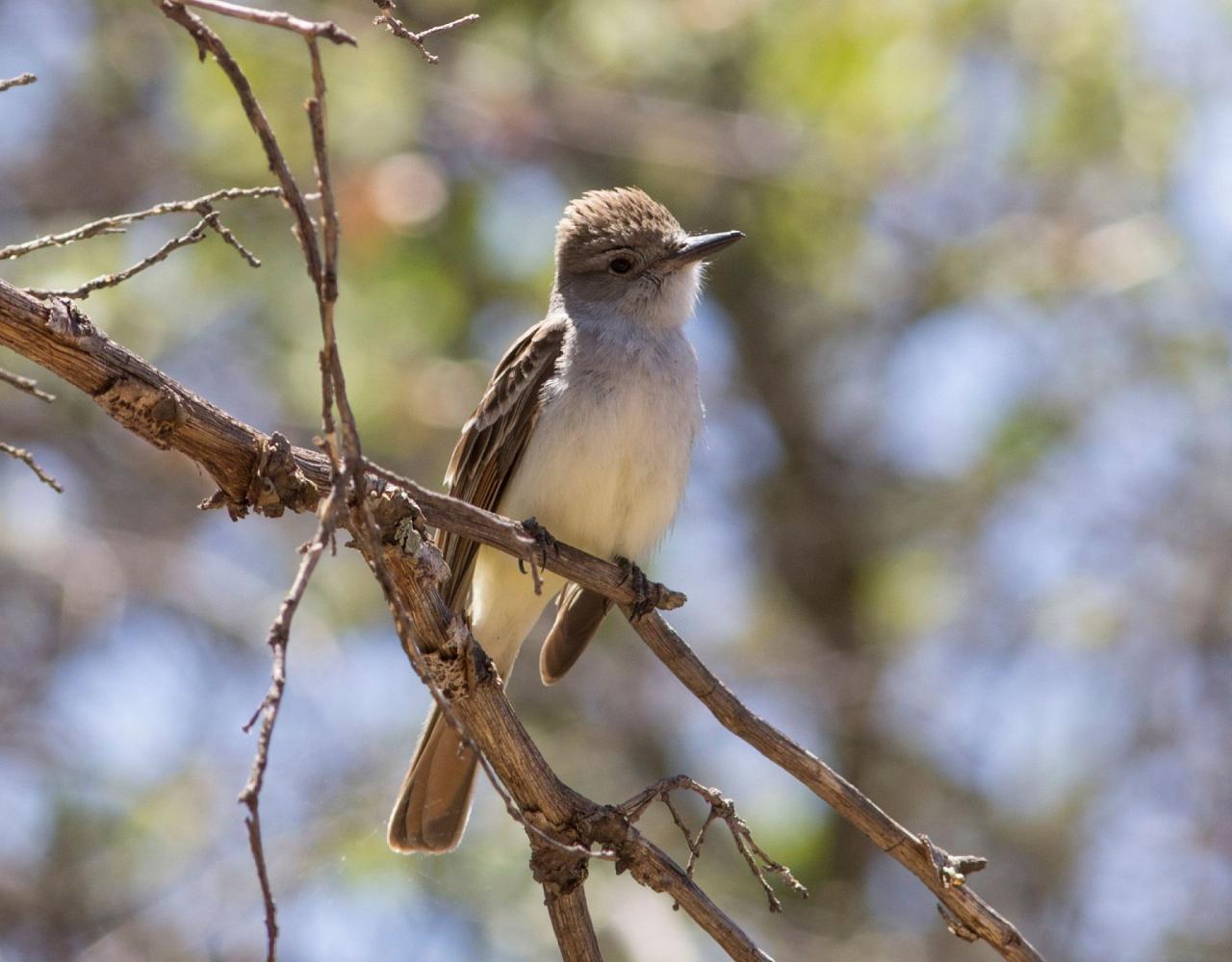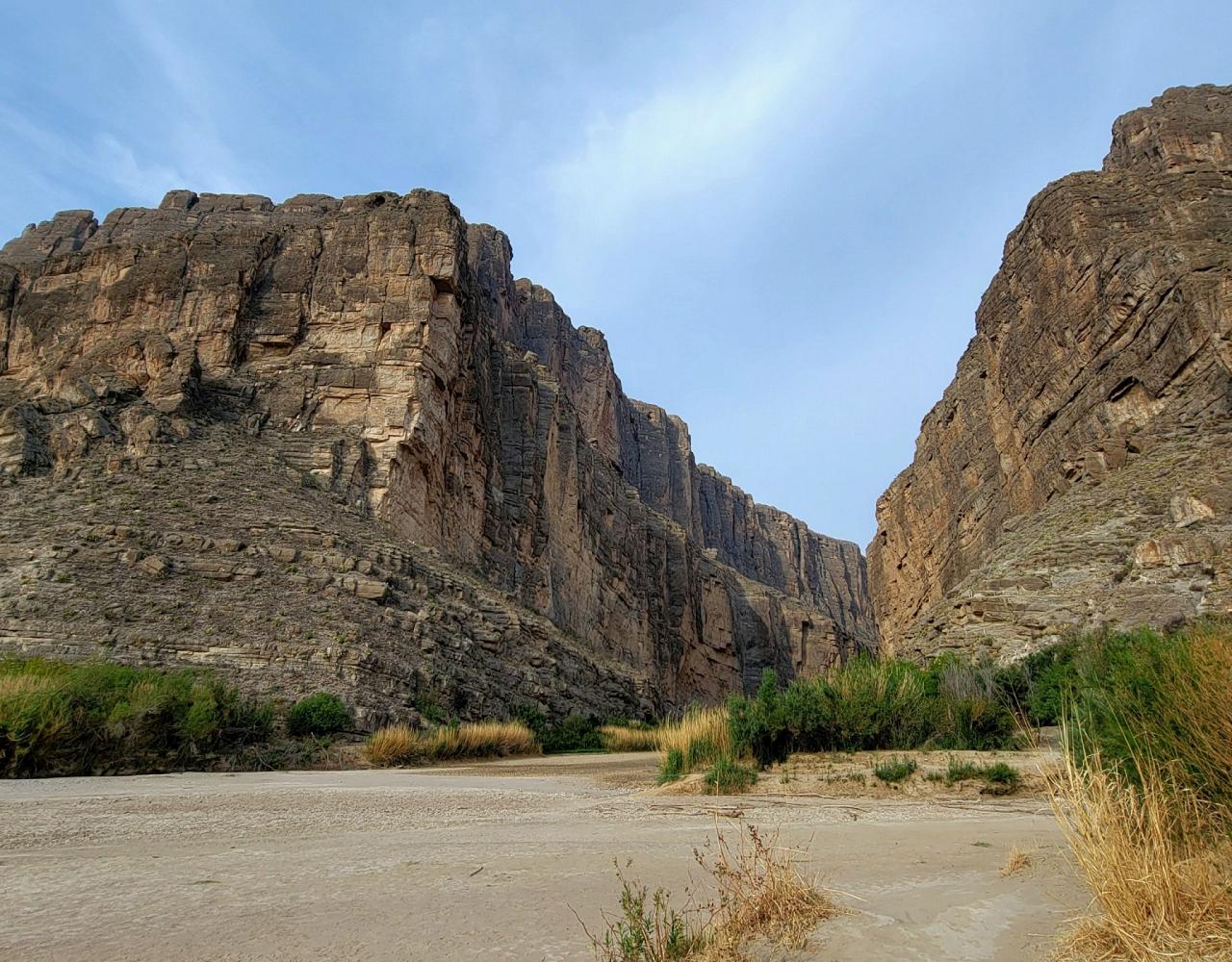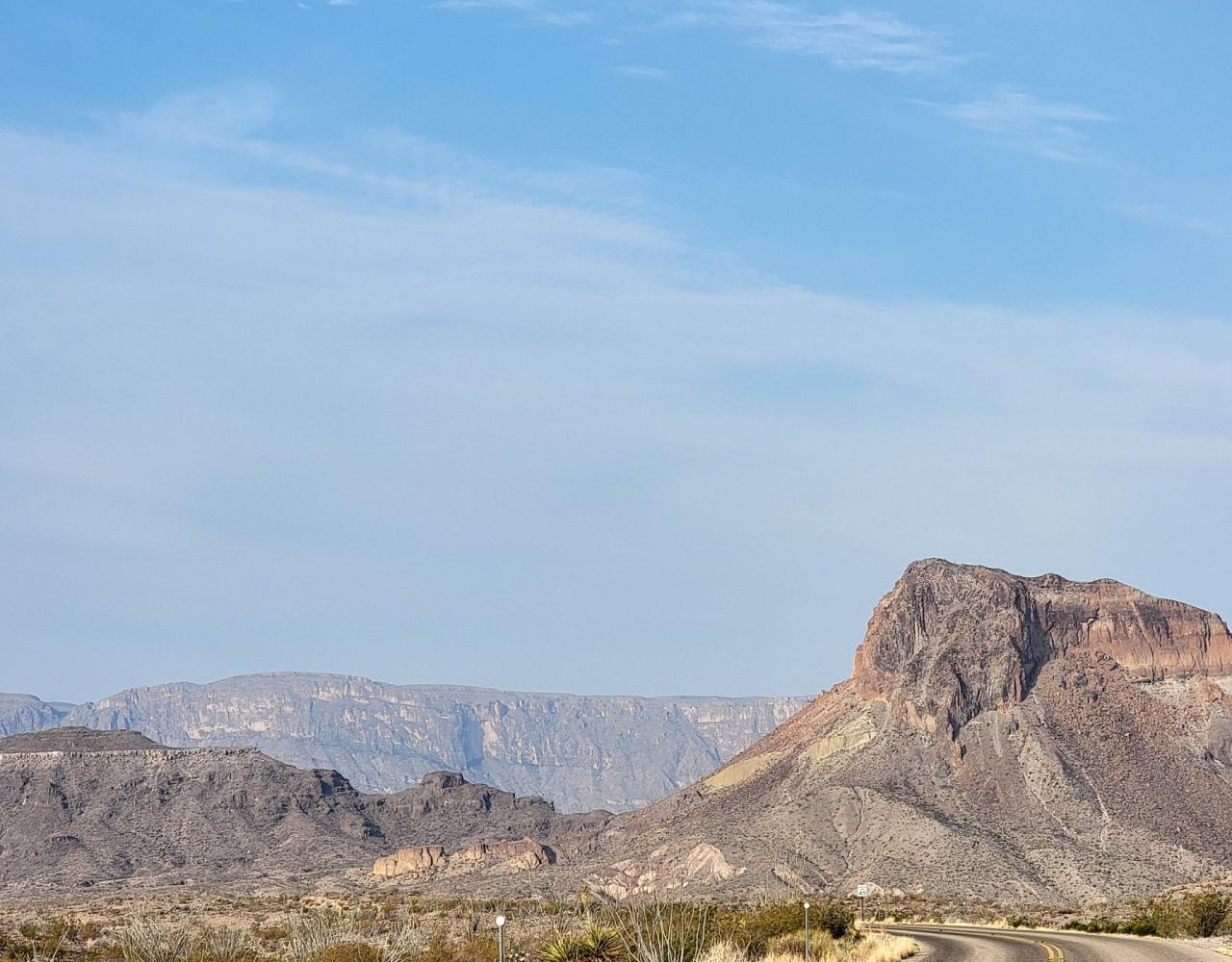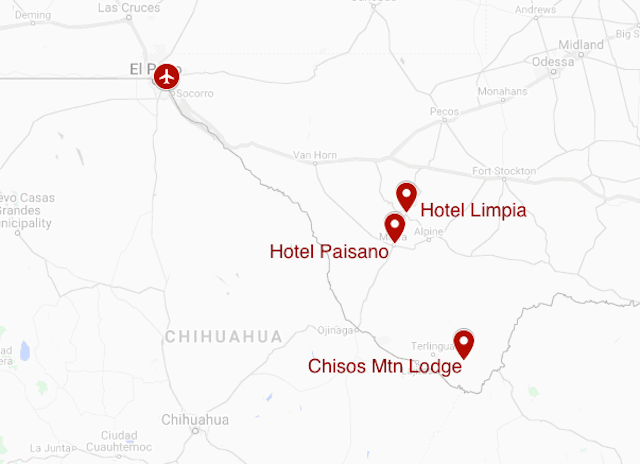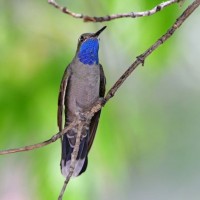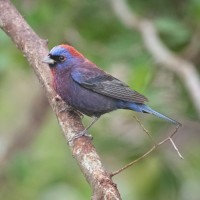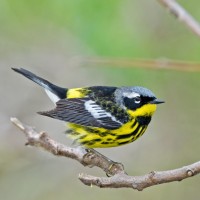- Overview
- Full Itinerary
- Photo Gallery
- Costing
- Travel Details
- Trip Reports
- Guide
- Map
- Know Before You Go
- Other Trips You May Like
Join Naturalist Journeys for this highly popular Big Bend nature tour. Immerse yourself in the big, bold, and beautiful landscape of Big Bend National Park, home to the stunningly eroded Chisos Mountains and the elusive Colima Warbler. A playground of light, the rugged mountains, rolling hills, and deep canyons glow in rich red and orange hues. The wildlife of the Chihuahuan Desert are fascinating and abound.
This Big Bend nature tour lets you experience the rhythm of spring bird migration, as Eastern, Western, Mexican, and Rocky Mountain birds converge — nearly 450 species, many rare or vagrant. Big Bend National Park also has its share of mammals, including Kangaroo Rat, skunks, Badger, and Javelina, to Mountain Lion and Black Bear. And of course, plentiful reptiles.
In addition to exceptional wildlife watching and geological and ecological interpretation, our tour group spends time at lovely accommodations and enjoys delicious meals along the way … and of course, good company.
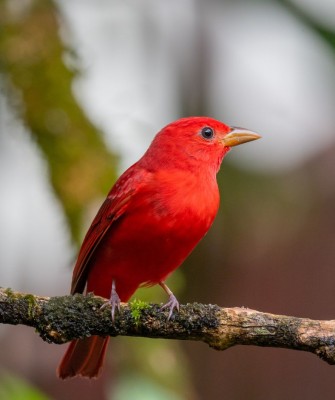
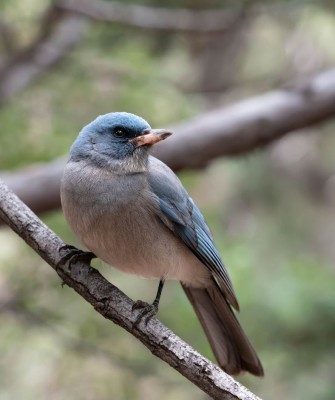
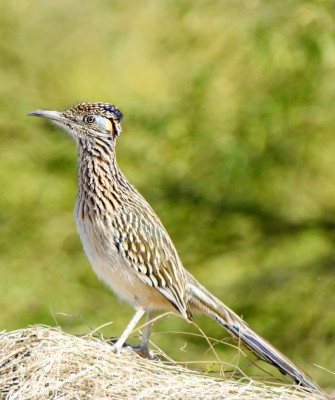
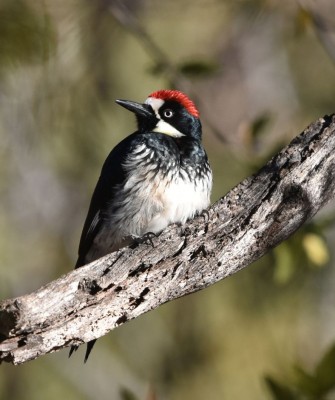
- “A well planned and guided trip to the West Texas desert and beautiful canyons of Big Bend National park.” — Mark Jewett, 2023 Traveler
- “It was great. We saw lots of scenic and interesting country. Both of the guides were excellent. We saw lots of birds, about 150 species. We saw most of the birds very well and were able to get some pretty good pictures. We also saw other interesting wildlife, such as elk, pronghorns, deer, javelinas, a soft shelled turtle, a leopard frog, a bullfrog, a pink Coachwhip snake and a black bear. The flowers and cacti were also beautiful.” — Robert Leonhardt, 2023 Traveler
- *A wonderful mix of birding and being in spectacular settings. A fun group to travel with, and excellent guides…50 life birds for me! – Karl Weis, 2023 traveler
- “An excellent opportunity to pump your birding life list while touring some magnificent scenery.” – John Connell, 2023 traveler
- “Fabulous! Big Bend is an amazing Park, and the area around Fort Davis was also beautiful and full of surprises…The people on our tour were wonderful and we formed a fun and tight knit group!” – Dana London, 2023 traveler
Tour Highlights
- Visit two of Texas' three Sky Island mountain ranges
- Search for the rare Colima Warbler on its only US breeding territory
- Catch the peak of migration—every day brings new arrivals!
- Travel along some of the most ruggedly beautiful roads in west Texas
- Gaze up at the stunning stars in a premier dark sky region
- Slow down and live life more slowly, the “Texas Way”
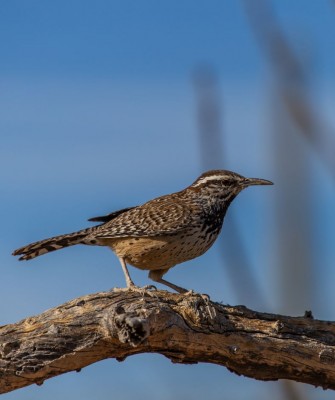
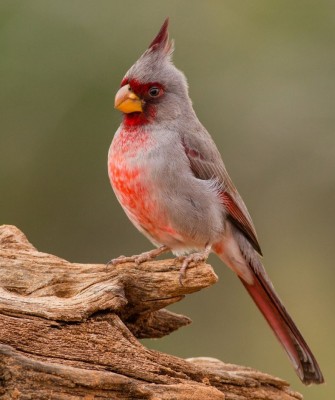
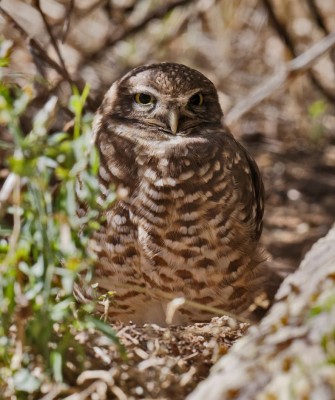
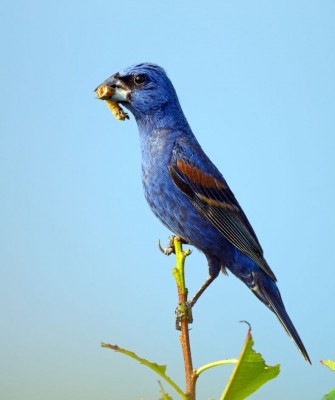
Trip Itinerary
Itineraries are guidelines; variations in itinerary may occur to account for weather, road conditions, closures, etc. and to maximize your experience.
Thurs., Apr. 18 : Arrivals | El Paso
Welcome to El Paso! Please plan to arrive at your leisure today and take the complimentary shuttle to the Wyndham El Paso Airport Hotel. The group gets together for dinner tonight to get to know each other and your guide and talk about the week ahead.
Accommodations at Wyndham El Paso Airport Hotel (D)
Fri., Apr. 19 : Fort Davis
After breakfast, we plan to do some birding en route to Fort Davis and the Davis Mountains, so be sure your binoculars are handy and your shoes are good for walking. We drive east about two hours to Van Horn where we take a break and then continue to Balmorhea State Park, a lush oasis. The park is located at the northern end of the Davis Mountains. Here an artesian spring pours forth millions of gallons of water, encouraging the growth of tall trees and marsh vegetation. The park is a haven for migrating birds, with such beauties as Painted Buntings sometimes coming in to the feeders. We look for Bullock’s Oriole, Western Kingbird, Pied-billed Grebe, and two species of rare desert fish. As time permits, we continue a short way to one of the larger reservoirs in this area, Balmorhea Lake. Here we may find a variety of ducks and shorebirds, and with luck, a flock of magnificent American White Pelican.
Our afternoon drive of 30 miles or so down to Fort Davis is timed for good wildlife viewing hours, with a chance of seeing Mule Deer, Javelinas, Coyotes, or Wild Boar. This scenic route reveals tall cliffs of columnar volcanic rocks. Settle into your accommodations at the delightful Hotel Limpia and enjoy a first group dinner at the hotel.
Accommodations at the Hotel Limpia, Fort Davis (B,L,D)
Sat., Apr. 20 : The Davis Mountains
Today we explore the Davis Mountains, a Sky Island mountain range in Texas. Learn more about the ecological significance of the Davis Mountains as a link between Mexico and the Rocky Mountains. In the morning we visit The Nature Conservancy’s outstanding preserve, high in the Davis Mountains. For many years the higher elevations of this range have been inaccessible as private land. Since the preserve was established, limited public access is allowed, and a number of very exciting birds have been recorded. Those familiar with the Chiricahua Mountains of Arizona recognize Olive Warbler, Buff-breasted Flycatcher, Painted Redstart, and Dusky-capped Flycatcher, found there in similar habitat.
Enjoy a walk amid large Ponderosa Pines, with a view of the highest peak in the Davis Mountains, Mt. Livermore. Permission to visit this area varies by the year, and if for reasons of fire restriction or other, we cannot visit, we have several other great Davis Mountain areas as alternatives.
Returning by mid-afternoon, we offer an optional visit to historic Fort Davis, one of the best preserved post-Civil War forts in our National Park system. The volcanic geology of its setting is quite spectacular.
Dinner is at the Blue Mountain Bistro tonight.
Accommodations at Hotel Limpia (B,L,D)
Sun., Apr. 21 : The Post at Marathon | Prairie Dogs | Big Bend National Park
This morning we visit Davis Mountains State Park, where in some years Montezuma Quail come into feeders along with Scrub Jay, Acorn Woodpecker, and Green-tailed Towhee. It’s hard to tear ourselves away from this idyllic sit-down birding!
However, adventure and Big Bend call us, so by mid-morning we head on. Passing through grassland habitat, we are likely to see Pronghorns and possibly Scaled Quail. We enjoy lunch at one of our favorite local restaurants in Alpine, then visit a lush birding oasis at a creek-side park that once housed the U.S. Cavalry. Today it is known as The Post, and its large cottonwood trees and small reservoir attract a good number and variety of birds like Vermilion Flycatcher, Summer Tanager, Golden-fronted Woodpecker, and possibly Yellow-billed Cuckoo. Driving back into extensive grasslands we visit an active Prairie Dog town to observe these animals’ lively and sometimes comical behavior. With luck a Coyote or Golden Eagle may be here on patrol.
Then we turn south to Big Bend National Park, interpreting the geologic features on the way. We pass through low desert that was once so rich in Tobosa grass that the early settlers could cut it as hay. Our destination is Chisos Basin, which sits at a comfortable 5,400 feet, surrounded by mountain peaks. Here, we keep an eye out for Zone-tailed Hawk and other birds of prey. Relax, settle in, and enjoy dinner in the lodge’s dining room. A Say’s Phoebe may have a nest by the door; at night, Gray Fox and Javelina are sometimes seen from the balconies.
Accommodations at Chisos Mountain Lodge (B,L,D)
Mon., Apr. 22 : Big Bend National Park | Rio Grande Village
We get an early start this morning with a field breakfast in tow, so we can get to Rio Grande Village early enough for prime bird activity. Ro Wauer, author of The Birds of Big Bend, regards this as the most consistent location in the park to see good numbers of species, and today should be no exception. Painted Bunting often steal the show, but there is stiff competition from Greater Roadrunner, Golden-fronted Woodpecker, Inca Dove, Indigo Bunting, and Blue Grosbeak.
Take time to learn some of the calls so you can be aware of Yellow-breasted Chat and Bell’s Vireo; with luck, you hear the scream of a Gray Hawk. Common Black Hawk have nested here for several years, and Black Vulture can be seen along the river. Along the nature trail — a boardwalk through a beaver pond — the blend of lush cattails and rushes, desert scrub, and distant views of the Chisos is striking! Enjoy a picnic lunch with a view of the Sierra del Carmen Mountains. A siesta under the shade of the cottonwoods is a must before we return to the Basin. We stop at the Boquillas Canyon Overlook and Hot Springs Historic Site, as well as the park’s visitor center.
Accommodations at Chisos Mountain Lodge, Big Bend National Park (B,L,D)
Tues., Apr. 23 : Big Bend National Park | Boot Spring
Enjoy a full day of walks and hikes in Chisos Basin. Those with energy can scale the nine-mile loop trail high into the Chisos, where we find nesting Colima Warbler. The entire hike is fascinating, and we have all day to do it, so many can participate. We climb steadily through oak and juniper woodland, finding an abundance of Mexican species such as Evergreen Sumacs and Drooping Junipers. Fresh-flowering Texas Madrones are magnets for warblers. We often find Townsend’s, Hermit, Yellow-rumped, and sometimes Orange-crowned and MacGillivray's Warblers. Wildflowers and brilliant cactus blooms brighten the trail.
In sheltered Boot Canyon we find huge pines and Arizona Cypress, a Mexican relict species. The route down through Laguna Meadows opens up to great vistas and more birding. Listen for calls of Hutton’s Vireo and Bewick’s Wren, as well as the trill of Broad-tailed Hummingbird during courtship displays.
Those who do not wish to scale the mountain can enjoy a very special hike to a place where orchids and Cardinal Flower grow at a backcountry desert spring (if we have a large enough group for two guides). This oasis is great for birding and affords a visit to the Old Sam Nail Ranch, one of the best birding spots in Big Bend. If we have a small group, those not on the long hike can walk partway with us, or enjoy free time in the basin where the park may have activities scheduled. Dinner is once again at your leisure. On this, or another evening, your guide offers an optional drive out to a location where we have a great chance of observing Elf Owl, Poorwill, and possibly Lesser Nightjar.
Accommodations at Chisos Mountain Lodge (B,L,D)
Wed., Apr. 24 : Big Bend National Park | Burro Mesa Pouroff | Santa Elena Canyon
Today we head west towards magnificent Santa Elena Canyon. Our first stop is at the Old Sam Nail Ranch, where water coming from a windmill attracts Varied Bunting and a variety of other migrant songbirds. We then walk to Burro Mesa Pouroff, a unique geologic feature where unusual plants like the Texas Persimmon and Texas Buckeye bear fruit that attracts some of the larger songbirds. The arid hills provide good habitat for Black-chinned Sparrow, while the canyon seems to echo with the songs of Rock and Canyon Wrens.
We have lunch at Cottonwood Campground, another oasis with large trees and a Hackberry and Lotebush hedgerow that provides shelter and food for migrants. In some years, we see waves of birds coming through — grosbeaks and buntings seem especially fond of this area. We may also find Lucy’s Warbler in the dry mesquite, and Hooded, Orchard, and Bullock’s Orioles.
In the afternoon, after our siesta, we discuss the vivid geologic story of the Big Bend region. Visit historic Castolon, where ice cream is a welcome treat. In the late afternoon, the sun is off the trail into Santa Elena Canyon, so we can enjoy a walk along 1,000-foot limestone walls laid down during the Cretaceous Period. Watch swallows hunt over the river and listen for the calls of White-throated Swift. From here we take a back road north to the West Entrance of Big Bend, and enjoy dinner at a local restaurant as unique as its desert surroundings.
Accommodations at the Gage Hotel (B,L,D)
Thurs., Apr. 25 : Big Bend National Park | Blue Creek | Christmas Mountains
Today we say good-bye to the scenic Chisos Basin. But a great day is in store as we visit the Christmas Mountains and the home and feeders of Carolyn Ohl-Johnson, a grand finale of bird activity where difficult to find species like Lucifer Hummingbird and Varied Bunting can be found with ease. Carolyn has worked tirelessly to create a stunning oasis just north of Big Bend. This stop today is a real treat, and a fantastic way to round out our trip. By now the arid landscape, and its riches of cactus, vistas, birds, and wildlife is a part of you.
We are sure to stop and visit the wonderful Museum of the Big Bend at Sul Ross University and the local cactus garden often replete with flowers before dinner at the Reata restaurant, a perfect place to celebrate the end of our journey. Their menu is a delight and we plan to enjoy a great final dinner, reminiscing with now familiar travel companions.
Accommodations at the Gage Hotel (B,L,D)
Fri., Apr. 26 : Departures from El Paso
Our journey comes to an end today in El Paso. We have a four-hour drive, so plan to arrive at the airport by 11:00 AM (time change works in our favor today!) for flights out NOON or later. (B)
Cost of the Journey
Cost of the main journey is $3390 DBL / $4330 SGL, per person, based on double occupancy, from El Paso, TX (ELP). This cost includes: accommodations for eight nights, meals as specified in the itinerary (B=breakfast, L=lunch, D=dinner), airport welcome and transfer or hotel shuttle, land transportation during the journey, professional guide services, park and other entrance fees, and miscellaneous program expenses. Cost does not include round-trip airfare to and from El Paso, items of a personal nature such as laundry, telephone, drinks from the bar, gratuities for luggage handling or personal services.
Travel Details
Please plan to make air travel plans only after the minimum group size has been met. We will send you a confirmation email as soon as the trip has been confirmed.
Arrival and Departure Airport: El Paso International Airport (ELP)
Arrival: Please plan flights to arrive Thursday, April 18, 2024 at your leisure. We encourage you to arrive in time to join us at the 6:30 PM welcome dinner and journey orientation.
Departure: Please plan flights to leave Friday, April 26, 2024 after noon.
Travel Tips: Some of our past travelers have rented a car to visit other area attractions before or after the trip. Carlsbad Caverns National Park is 2.5 hours away, and many are surprised to find that the birding Mecca of Portal, Arizona and Cave Creek Canyon is just 3 hours away.
Browse below for trip reports and species lists from past versions of this and other tours from this destination.
Texas
Big Bend & Davis Mountains
- April 2011
- April 2012
- April 2014
- April 2015
- April 2016
- August 2016
- April 2017
- April 2019
- May 2019
- April 2021
- May 2021
- April 2022
- April 2022
- May 2022
- April 2023
- April 2023
- May 2023
- April 2024
Big Bend Monsoon Madness
- August 2016
- August 2018
- July 2019
South Texas
- February 2012
- February 2014
- February 2018
- February 2019
- March 2019
- February 2020
- April 2021
- September 2021
- November 2021
- February 2022
- March 2022
- October 2022
- November 2022
- January 2023
- February 2023
- March 2023
- November 2023
- December 2023
- January 2024
- January 2024
- March 2024
- November 2024
- February 2025
Texas Coast
- April 2012
- April 2014
- April 2019
- April 2021
- April 2022
- April 2023
- April 2024
Texas Hill Country
- April 2013
- April 2015
- April 2017
- April 2018
- April 2019
- April 2021
- April 2022
- April 2023
- April 2024 (Solar Eclipse Tour)
- April 2025
-
Dave Mehlman

Dave is a naturalist with interests in birds, migration, ecosystems and natural disturbances, plants, and gardening. He holds a PhD from the University of New Mexico. Dave worked for The Nature Conservancy for 25+ years as Director of its Migratory Bird Program. He has researched in Latin American and the Caribbean. An avid birder, Dave enjoys teaching about natural habitats and local cultures. He has published papers in scientific and popular journals.
Other trips with Dave Mehlman
-
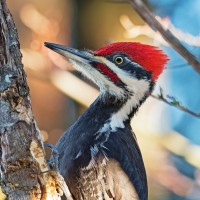 Oregon's Malheur NWR & Woodpecker Wonderland FULL - Check out Vancouver Island: Coastal Birds, Bears & Whales!May 16 - 25, 2025
Oregon's Malheur NWR & Woodpecker Wonderland FULL - Check out Vancouver Island: Coastal Birds, Bears & Whales!May 16 - 25, 2025 -
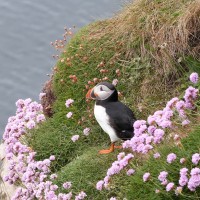 Scottish Highlands & Islands FULL - Check out Scottish Highlands & Isle of Skye!June 6 - 18, 2025
Scottish Highlands & Islands FULL - Check out Scottish Highlands & Isle of Skye!June 6 - 18, 2025 -
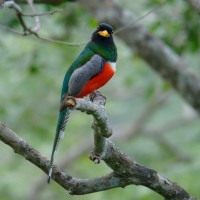 Arizona Monsoon Madness: Birding & Nature in a Season of Wonder!August 2 - 9, 2025
Arizona Monsoon Madness: Birding & Nature in a Season of Wonder!August 2 - 9, 2025 -
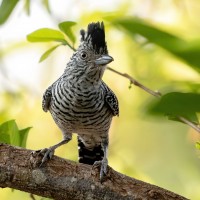 Best of Belize Crooked Tree, Lamanai & Chan ChichOctober 18 - 26, 2025
Best of Belize Crooked Tree, Lamanai & Chan ChichOctober 18 - 26, 2025 -
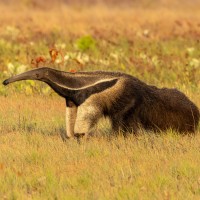 Guyana: Unspoiled WildernessNovember 6 - 18, 2025
Guyana: Unspoiled WildernessNovember 6 - 18, 2025 -
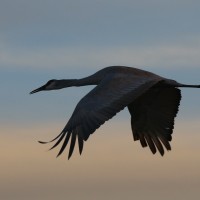 New Mexico Nature & CultureDecember 6 - 13, 2025
New Mexico Nature & CultureDecember 6 - 13, 2025 -
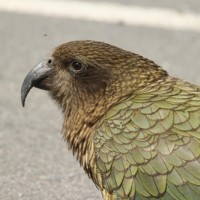 Birds & Nature of New ZealandJanuary 7 - 23, 2026
Birds & Nature of New ZealandJanuary 7 - 23, 2026 -
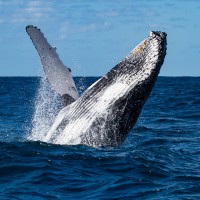 Southern California: Spring Coastal BirdingFebruary 16 - 23, 2026
Southern California: Spring Coastal BirdingFebruary 16 - 23, 2026 -
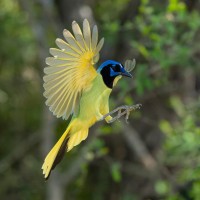 South Texas Birding & NatureMarch 11 - 19, 2026
South Texas Birding & NatureMarch 11 - 19, 2026 -
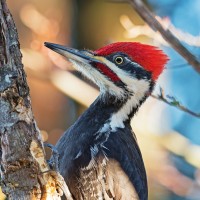 Oregon's Malheur NWR & Woodpecker WonderlandMay 16 - 25, 2026
Oregon's Malheur NWR & Woodpecker WonderlandMay 16 - 25, 2026
-
Essential Information +
Packing List +
Suggested Reading List +
Useful Links +
Photo credits: Banners: Big Bend National Park (Steve Shunk), Burrowing Owl (NJ Stock), American Avocet (NJ Stock), Group Hike (Steve Shunk), Big Bend Sky (Steve Shunk), Vermillion Flycatcher (NJ Stock), Crissal Thrasher (Steve Shunk) Thumbnails: Summer Tanager (NJ Stock), Mexican Jay (NJ Stock), Greater Roadrunner (NJ Stock), Acorn Woodpecker (NJ Stock), Cactus Wren (NJ Stock), Pyrrhuloxia (NJ Stock), Elf Owl (NJ Stock), Blue Grosbeak (NJ Stock)









